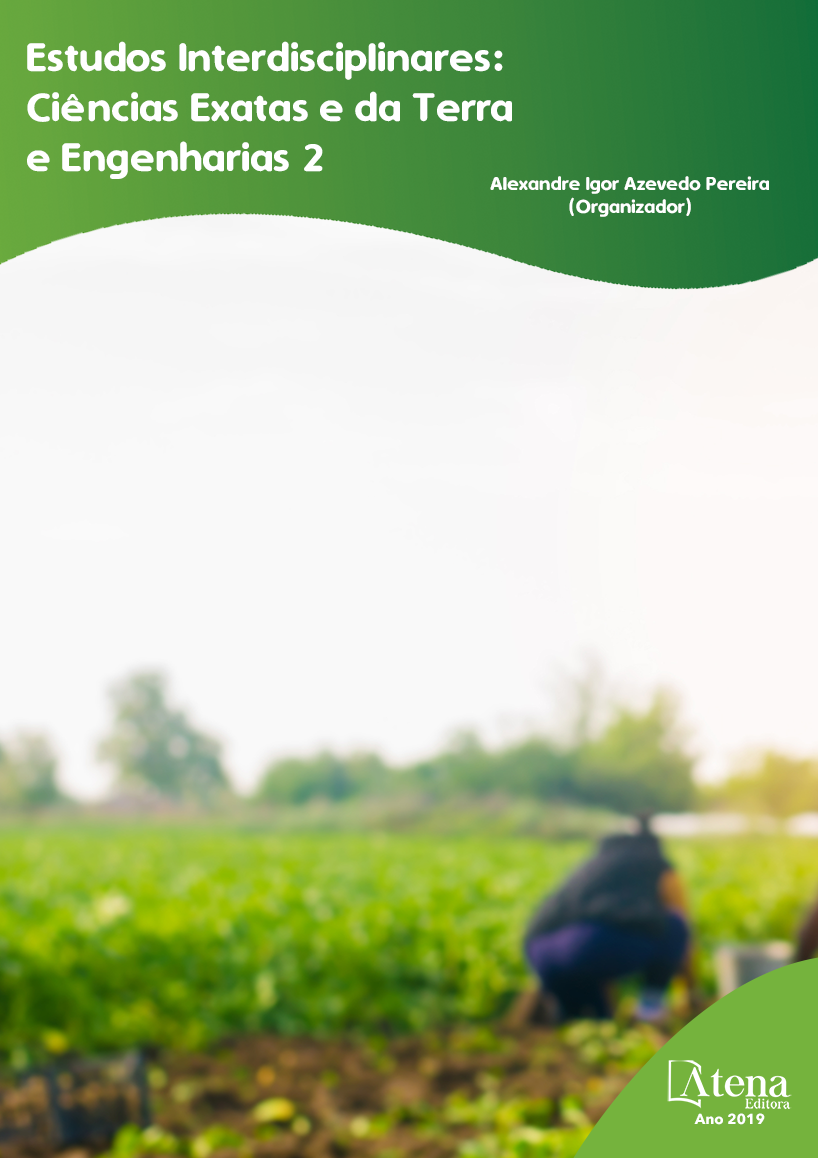
A UTILIZAÇÃO DO SOFTWARE STELLARIUM COMO RECURSO DIDÁTICO PARA O ENSINO DE ECLIPSES E ESTAÇÕES DO ANO NO ENSINO MÉDIO
Este artigo apresenta o relato de uma
atividade onde se utilizou o software Stellarium
para o ensino de conceitos astronômicos para
alunos do Ensino Médio de uma escola federal
de Congonhas MG. Foi ministrado um minicurso,
com duração de três horas, sobre eclipses e
estações do ano utilizando as simulações do
Stellarium. No minicurso procurou-se trabalhar
e desenvolver o ensino e a aprendizagem dos
alunos sobre fenômenos astronômicos. Para
a obtenção dos dados foram utilizados dois
questionários. O primeiro questionário objetivou
diagnosticar o conhecimento dos alunos a
respeito da ocorrência das fases da Lua, eclipses
solares, lunares e estações do ano. O segundo
questionário aplicado no final do minicurso,
procurou analisar se houve ganho conceitual no
aprendizado dos alunos participantes. Verificouse
que grande parte dos estudantes não sabia
explicar corretamente o motivo da ocorrência
das fases da Lua, dos eclipses e das estações
do ano. Foi constatado no segundo questionário
que houve uma melhora nas respostas obtidas.
Além disso, foi relatado por alguns alunos que
o uso do software facilitou o entendimento dos
fenômenos abordados. Neste trabalho foi dado
destaque às respostas dadas pelos alunos
sobre eclipses e estações do ano. Parte dos
dados foi analisada com base nas técnicas de
análise de conteúdo de Bardin (1994).
A UTILIZAÇÃO DO SOFTWARE STELLARIUM COMO RECURSO DIDÁTICO PARA O ENSINO DE ECLIPSES E ESTAÇÕES DO ANO NO ENSINO MÉDIO
-
DOI: 10.22533/at.ed.8771903093
-
Palavras-chave: Astronomia; Eclipses; Estações do ano; Stellarium
-
Keywords: Astronomy; Eclipses; Seasons; Stellarium
-
Abstract:
This article presents an account
of an activity in which the Stellarium software
was used for astronomical events education
for high school students of IFMG Congonhas.
one short course was given, lasting three hours,
about eclipses and seasons using Stellarium
simulations. In the short course was tried to
work and to develop teaching and student
learning about astronomical phenomena.
For obtaining data two questionnaires were used. The first questionnaire aimed to
diagnose the students' knowledge about the occurrence of the phases of the moon,
solar eclipses, lunar and seasons. The second questionnaire applied at the end of the
short course, sought to analyse whether there was conceptual gain in the learning of
the participating students. It was found that most students did not properly explain the
reason for the occurrence of the phases of the moon, eclipses and seasons. It was
found in the second questionnaire that there was an improvement in the responses.
Moreover, it was reported by some students that the using of the software facilitated the
understanding of the approached phenomena. In this work emphasis was given to the
answers given by students about eclipses and seasons. Part of the data was analysed
based on Bardin (1994) content analysis techniques.
-
Número de páginas: 15
- Marcos Rincon Voelzke
- Graciene Carvalho Vieira
- Arilson Paganotti


